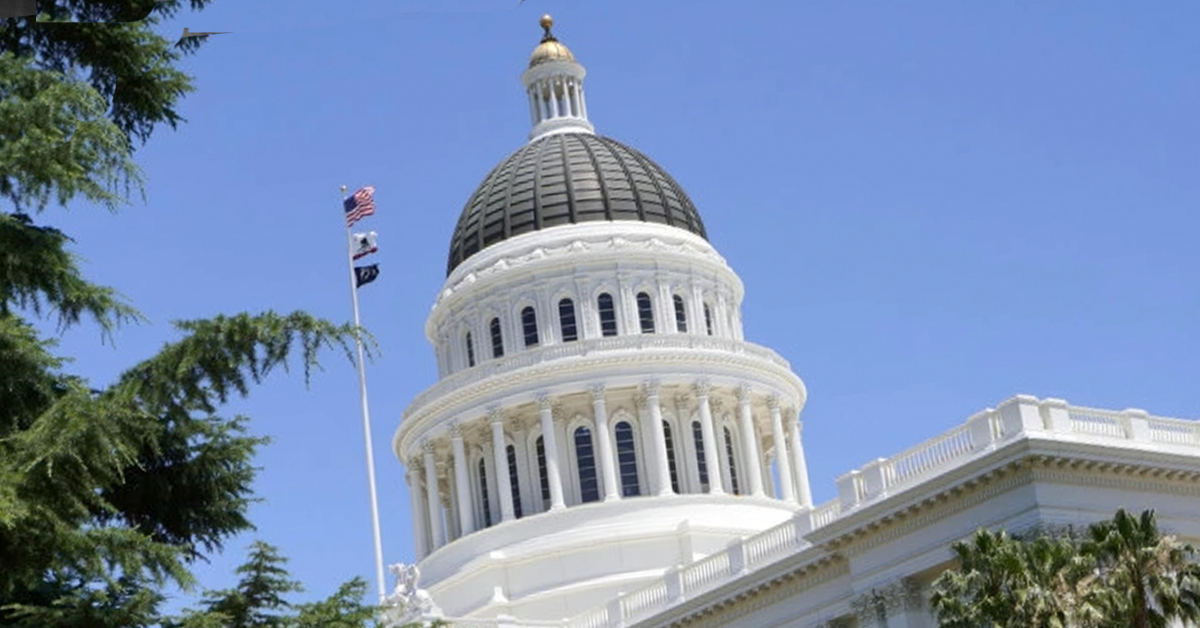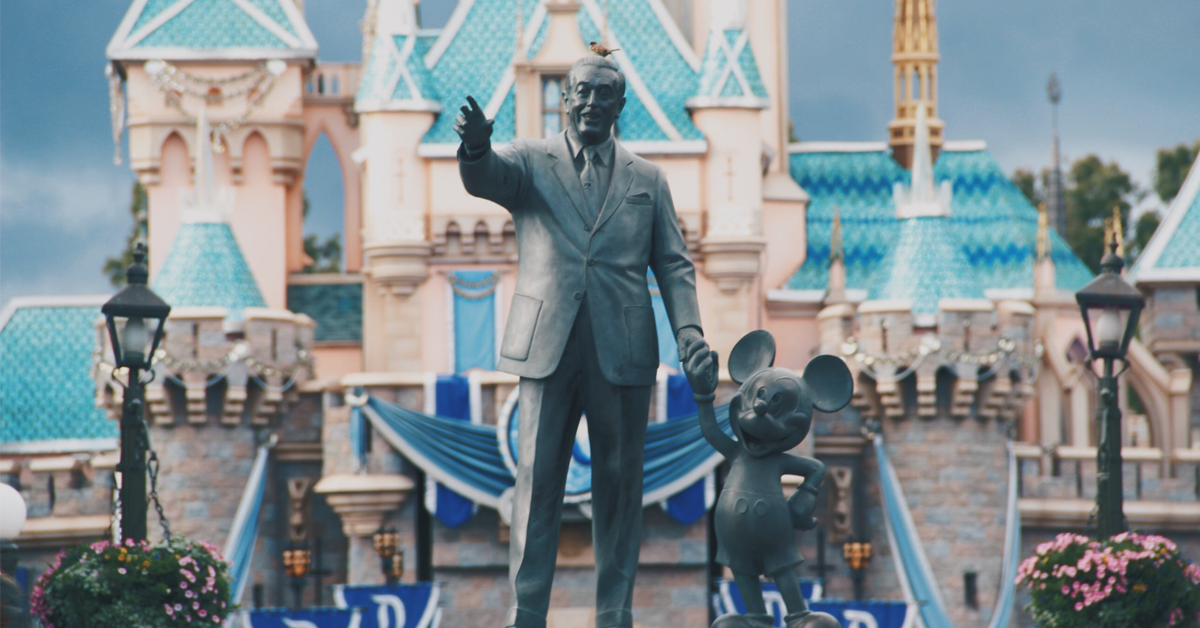Fresno is destined to be increasingly on the radar of Sacramento lawmakers. A couple of events at City Hall last week got me thinking this way.
The first came in the wake of the announcement by Amazon of the 20 finalists for the company’s second headquarters. The lucky city (or region) is expected to end up with tens of thousands of good-paying jobs.
Fresno was among the several hundred cities to put in a bid. We didn’t make Amazon’s short list.
Mayor Lee Brand on Jan. 18 was gracious in defeat.
“We always knew it was a long shot, but the nation took notice of Fresno’s unique HQ2 bid and we’re already seeing new interest from a number of major companies,” Brand said. “Between our 10-year economic development plan and our new Business Friendly 2.0! Initiative, Fresno’s future looks as bright as it ever has.”
On the same day, the Mayor held a news conference to announce preliminary details of the Business Friendly 2.0! Initiative. Among the community leaders joining Brand at the event were Council Members Steve Brandau, Luis Chavez and Clint Olivier and Chamber of Commerce President Nathan Ahle.
Some aspects of the initiative are already settling in. The planning department is implementing new software. Top City officials are building a new culture when it comes to customer service.
Much of the initiative is still to be fleshed out. Toward that end, Brand announced the membership of the new Business Friendly Fresno 2.0! Committee.
The committee’s charge is simple: Come up with the ideas to make the initiative a stunning and permanent success.
Tim Orman, the Mayor’s chief staff, is chairman. Other members include Brandau, Chavez, Olivier, Ahle, former planning director Nick Yovino and Granville Homes Vice President Jeff Roberts.
“In my nine years at City Hall,” Brand said, “I have consistently demonstrated my ability to tackle complex problems through extensive research and collaboration that produced viable solutions, starting with the Better Business Act in 2009, debt management polices, reserve policies and, altogether, over 22 legislative acts. I’m confident that the team I have assembled today will follow the parameters I have set to take on the daunting issue of making Fresno business friendly.”
You might say: I never knew Fresno was unfriendly to business. You would have a point. But now is not the time to dig into the history of an assumption that, in some circles, is conventional wisdom. It’s sufficient to note that Brand and his colleagues are embarking on the latest in a long line of City Hall attempts to walk that fine line between helping the private sector to thrive in Fresno while ensuring that the private sector complies with all the rules (many, if not most, of them coming from the state and federal levels).
The private sector means jobs. Jobs mean taxes to fund the municipal government. Jobs mean disposable income. Jobs mean family and neighborhood stability. Family and neighborhood stability means social stability. Social stability means civilization.
This is the thinking behind Brand’s campaign promise to create 10,000 new jobs in Fresno by the end of 2024. If that means taking a wild shot at the Amazon HQ2 lottery, with the real purpose being a bit of national branding, then so be it. If that means a stab at that mythical creature – the perfect planning department – then so be it.
Brand is relentless because he knows that Fresno, for all its challenges, has immense untapped potential.
And that is why Sacramento in the coming years is most likely to take a much keener interest in the fate of Fresno and of the entire San Joaquin Valley.
I give you one catalyst for this increased interest: The latest Supplemental Poverty Measure (SPM) from the U.S. Census Bureau.
This report (using a three-year average from 2014 through 2016) shows that California is the Poverty Capital of America.
The SPM says 20.4% of California’s 37 million-plus residents live in poverty. That puts California at No. 50 among the 50 states. The second-worst state isn’t all that close – Florida at 18.8%. West Virginia is in the middle of the pack at 14.1%.
California is reputed to have the sixth largest economy in the world. At the same time, you could say Appalachia is the California of the East Coast.
The latest Supplemental Poverty Measure is available online. The SPM makes clear that it is not designed to replace official measurements of poverty in the crafting of public policy. Yet, the SPM (in existence since only 2011) obviously fills a need.
Formulas for determining a life in poverty are complex. But, in a nutshell, the official formula is based in significant part on whether a person (or family) has income of three times the cost of a minimum food diet. The SLM formula is based in significant part on the expenditures made by a person (or family) for food, clothing, shelter and utilities. Government benefits also are a part of the SLM formula.
In other words, it’s possible – even likely – that a family of three in Morgantown, West Virginia making $35,000 a year will have a higher standard of living than a family of three in San Francisco making $55,000 a year.
It is the SLM’s focus on reality that accounts for change in California’s poverty ranking. Using the official poverty formula, California ranks No. 35 the 50 states at 14.5%.
What’s this have to do with Fresno and the San Joaquin Valley?
I suggest this: The Supplemental Poverty Measure is here to stay; the cost of housing in the Bay Area, Southern California and along the rest of the Pacific Coast, is astronomical; the news of California’s No. 50 poverty ranking will spread and spread; the shame of California’s No. 50 poverty ranking will spread and spread; California’s regulation of land-use, especially along the coast, will only grow more onerous; the progressivism at the heart of California’s go-it-alone immigration policy will only grow more progressive; Sacramento legislators, looking at a state in the near future with 50 million or 60 million residents, will get even more desperate to find a place to put all these people at a cost that is both financially and socially affordable; that will require developable land.
Fresno and the Valley – get ready!









The amount of trash on our freeways, in our neighborhoods and elsewhere as well as the ‘hostile’ environment toward the ever growing homeless population send foreboding messages to potential investors. Instead of using the ‘tough love’ hammer in the tool box perhaps our politicians might consider emerging from the bubble of Fresno to take a look at innovative, effective methods of dealing with homelessness. For example, the Alpha Project Sprung Structure bridge low barrier camps being erected in San Diego to house 675 homeless people is being supported by the business community, the mayor and police chief. Also, in Austin, Texas Community First Village (27 acre neighborhood offering permanent, supportive housing to the chronically homeless just received 2 million dollars from the downtown merchants as well as a huge gift of $60,000 from a philanthropist to help with a $60,000,000 expansion of this best practice model. While here in Fresno the Chamber of Commerce lauds and supports the ‘anti camping’ ordinance that has succeeded is ‘cleaning up’ hundreds of encampments tha resulted in sending homeless souls into County islands and into hiding in our neighborhoods and elsewhere. Fresno has a reputation of being particularly cruel to the homeless as evidenced by a huge lawsuit as a result of the ‘sweeps’ of homeless encampments a few years back (waste of tax payer money) How about turning that around with some solutions that shine a light on Fresno as being compassionate. The mayor of Albuquerque instituted a program where the homeless are paid an hourly wage to clean up the City. The Mayor of San Diego saw the wisdom of providing safe, supportive shelter to take care of 675 homeless folks. There is not enough shelter (low barrier) nor are there enough services to meet the needs of the number of homeless here in Fresno. Not quite ‘sporting’ to offer ‘help’ that isn’t there. Indeed, to date 22 homeless people out of hundreds have been counted as coming forward for help. What about the remaining large population of homeless souls?